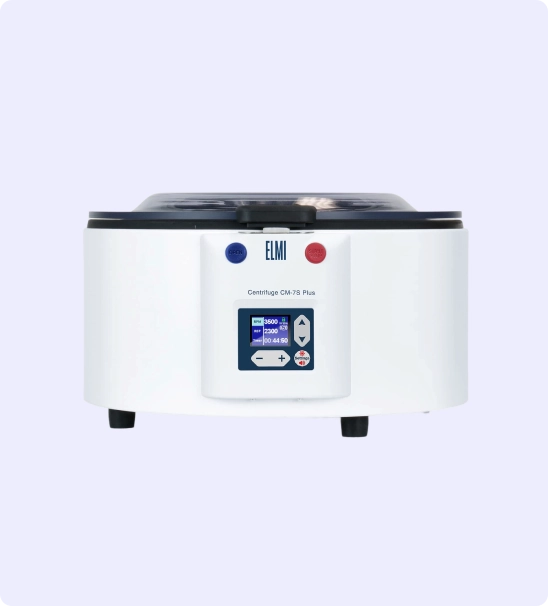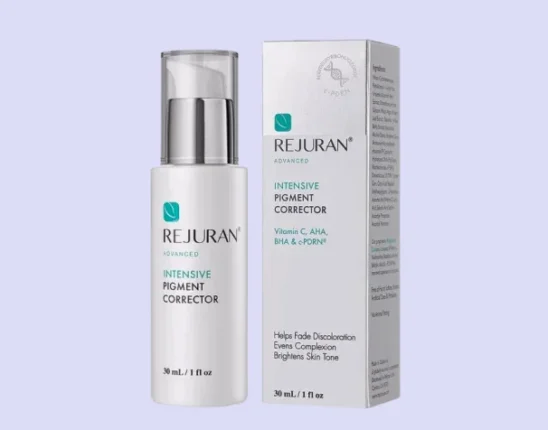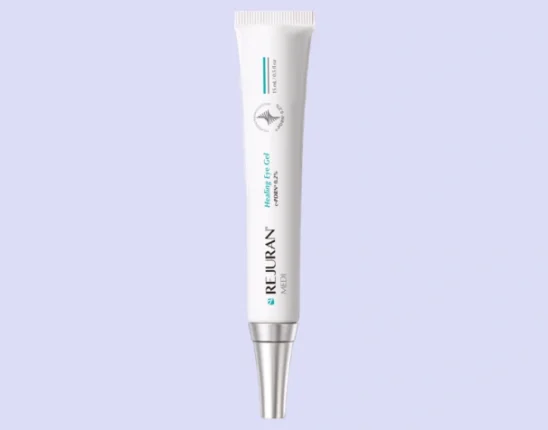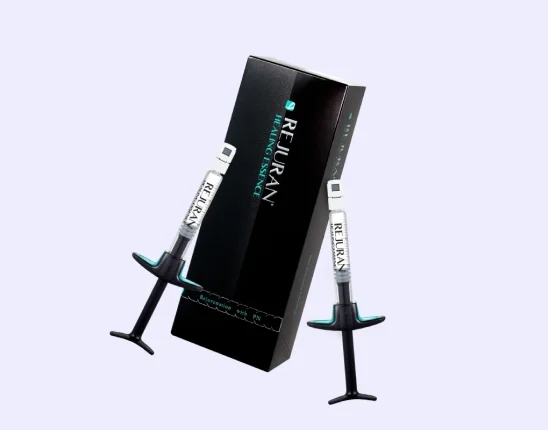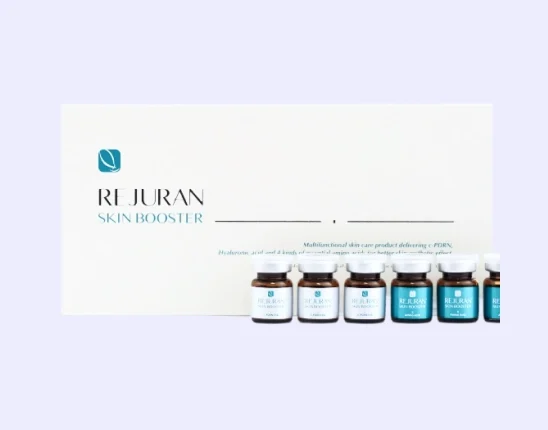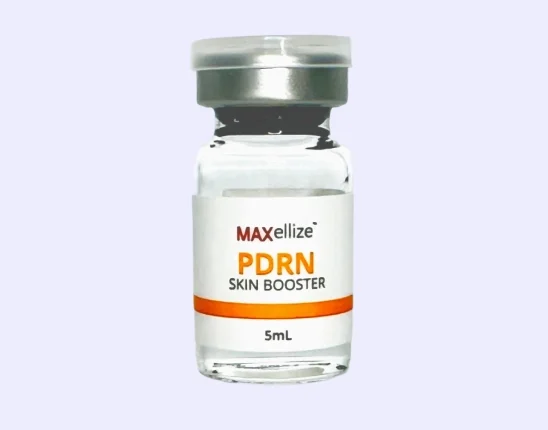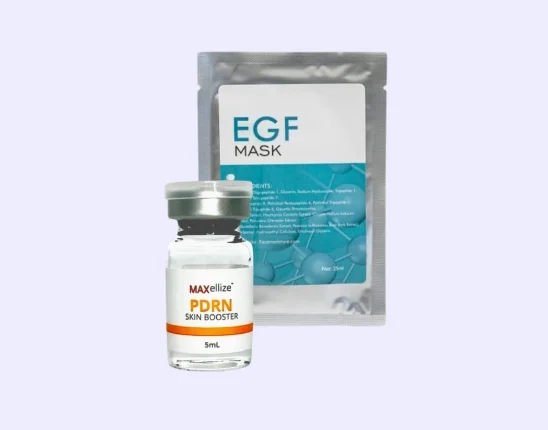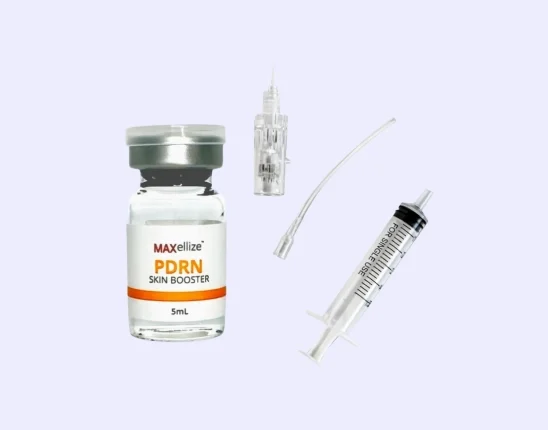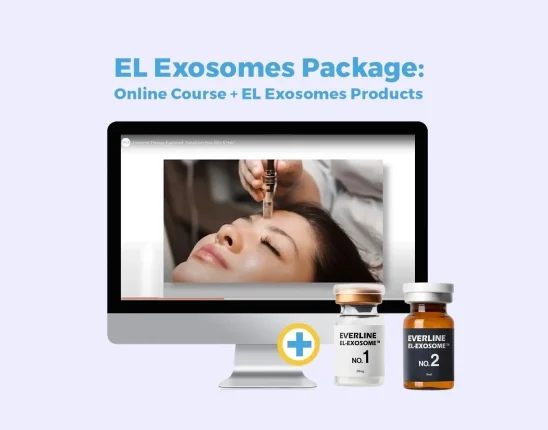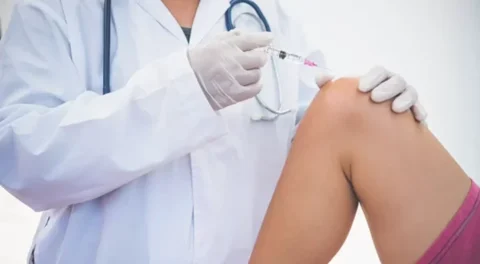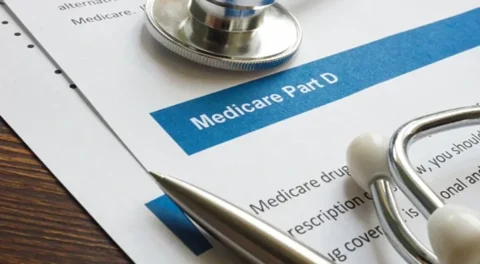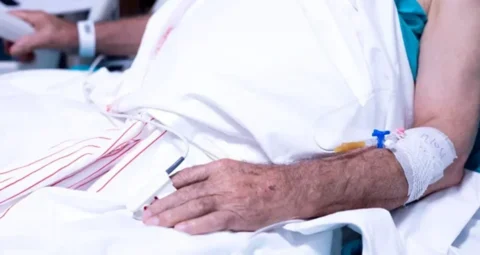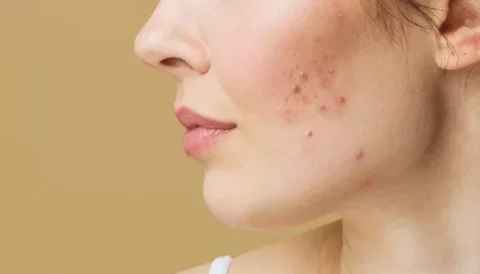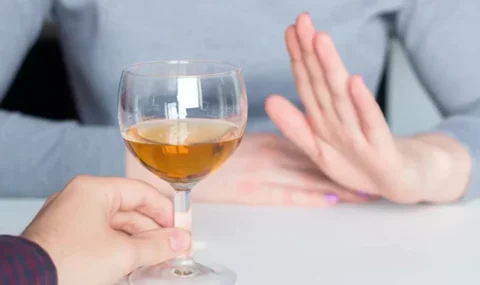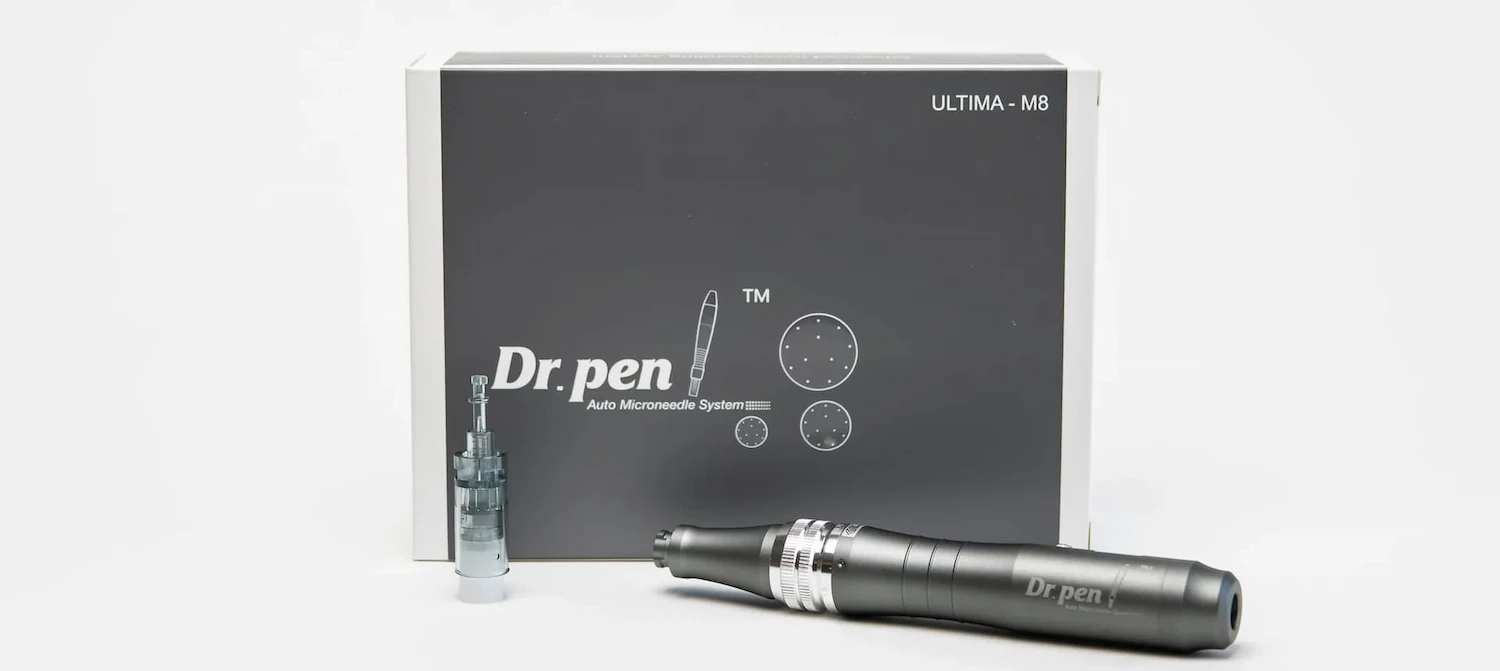Platelet rich plasma injections are a popular treatment for a wide variety of cosmetic and medical conditions. One of its biggest advantages is that they’re non-surgical and require almost zero downtime. Although most PRP providers take precautions in administering the injections, there are still some side effects that can be experienced such as post-injection pain.
So how common is it to feel worse pain after a PRP treatment? It’s fairly common to experience some soreness and pain at the treated site for at least a week after the injections. This is a normal inflammatory reaction and can be a sign of the healing process. The pain will likely go away on its own, although it can also be managed with pain relievers such as acetaminophen to reduce the discomfort.
Why Do You Feel Worsening Pain After PRP Treatment?
Autologous platelet rich plasma therapy is one of the most common forms of regenerative medicine. It uses the platelets and growth factors that are present in the patient’s own blood to stimulate the body’s natural wound healing and tissue regeneration capabilities. Essentially, it’s a non-surgical treatment that enhances the body’s ability to heal on its own.
For years, medical doctors have been using PRP to treat any kind of sports injury, chronic pain, or musculoskeletal condition. The way it works is that the injected platelets will release growth factors at the site of damaged tissue.
The worsening pain that you feel for the first few days after treatment is usually a normal reaction to the injections. Here are some possible reasons why you experience temporary pain after PRP therapy:
Part of the healing process
Most patients who receive PRP for joint and tendon injuries can experience increased pain as part of their recovery process. It happens because PRP triggers acute inflammation as an initial healing response. It’s usually nothing to be too concerned about and it’s a good sign that new tissues and cells are being formed in the injured area.
Pain from the injection itself
Some individuals may experience a post-injection flare, particularly at the site where the needle penetrated the skin. It can be caused by a variety of factors such as the length and sharpness of the needle and injection technique.
Possible blood clot
Pain after a PRP procedure may also be a sign of a blood clot. It can occur when an inexperienced provider hits an artery or vein during the injection proper. Fortunately, this side effect is very rare and can be avoided by making sure that your provider is highly trained and qualified to administer PRP injections.
No improvement in the condition
The effects of PRP therapy are not immediate so it’s not uncommon to have some lingering pain after the procedure. However, there are rare cases when a patient doesn’t respond positively to the injections which is why they may be feeling worsening pain after the treatment. If you suspect that there are no changes to your condition after PRP, you should have a follow-up consultation with your provider to discuss other treatment options.
How Long Does The Pain Usually Last?
If there are no other unusual reactions that accompany the post-injection pain, it’s safe to say that the sensation will last for at least 1 to 2 weeks before subsiding on its own. If the pain persists or there are other symptoms such as cramping, redness, and prolonged swelling in the treated area, it may be a sign of a blood clot and should be treated immediately.
Other than that, as long as the procedure was done safely and successfully, the pain from PRP injections should be able to resolve by itself without any complications. Taking pain medication or applying an ice pack can help alleviate the discomfort after a platelet rich plasma injection.
When Can You See Improvements From PRP?
There’s usually no downtime after platelet rich plasma treatments but you will need to wait for several weeks before you start seeing any effects. The rate at which your condition improves can depend on a variety of factors, including:
- The severity of injury: The more damage you have to your joints and tendons, the longer you have to wait before the PRP injections start to take effect. If you are treating mild injuries, it can take anywhere from 3 to 6 weeks to heal. Meanwhile, serious injuries can take about 3 months or longer to recover.
- The number of treatment sessions: Not all patients will receive the same amount of PRP sessions. Their treatment will be customized according to the extent of their chronic pain and injury.
- Amount of platelets in the injections: The method of PRP preparation can affect the platelet concentration and function, which in turn can influence the results of the injections. This can also affect the rate at which new tissue grows in the treated site.
Other Side Effects That May Happen From PRP Injection Therapy
Since PRP uses a patient’s own blood platelets, it’s a natural form of treatment and there are almost no risks of serious complications or allergic reactions. However, aside from pain, there are other common side effects that may occur after the procedure and these can include:
1. Bruising
This can occur when the needle hits a blood vessel near the skin’s surface and causes blood to leak out. They usually appear as a discolored mark around the injection site. Most bruises can disappear within 7 to 10 days as the body reabsorbs the blood.
2. Soreness and stiffness
Patients may also experience difficulty in moving the treated joints due to stiffness and tenderness after a PRP injection. Fortunately, most of the discomfort should go away within 3 to 5 days after the procedure.
3. Localized infection
When administering a PRP injection, it’s best to use only clean and sterile tools to avoid infections. Although it’s not as invasive as a surgical procedure, PRP is still given directly to the joint and using dirty needles may increase the risk of having an infection after the treatment.
GET MEDICAL-GRADE BLOOD COLLECTION NEEDLES AT 20% OFF WITH CODE “20OFF” ON YOUR FIRST ORDER.
Stock up on blood collection needles and other medical and aesthetic supplies with FACE Med Store. Checkout today and get 20% off your order.
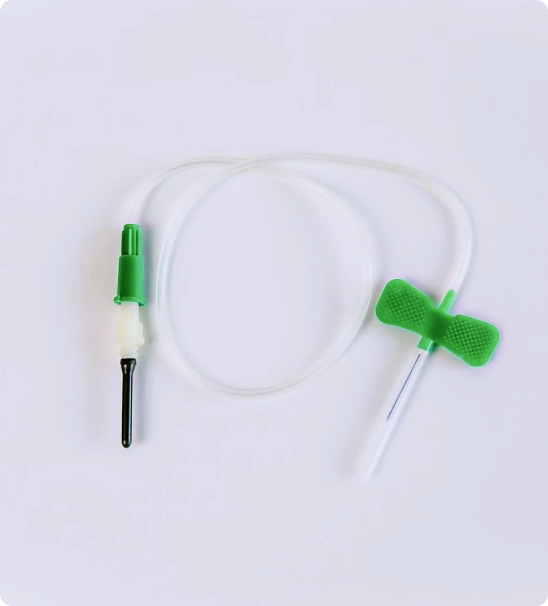
How to Manage Pain and Other Side Effects of PRP
As with any medical procedure, there are important aftercare instructions that should be followed in order to assure a safe and smooth recovery. Here are some of the best post-PRP practices to help reduce pain and get optimal results:
- Apply an ice pack over the treated area to manage swelling and pain.
- Take things easy for the first few days after the procedure. Rest and avoid strenuous activities or movements for at least 48 hours.
- Use crutches or braces to avoid putting too much weight on the ligaments especially if you received PRP injections for knee pain.
- Avoid any anti-inflammatory medication such as Naproxen, Advil, or Ibuprofen as these may interfere with the inflammation during the initial healing process when you’re managing pain after injections.
- Avoid taking steroid injections for at least 2 weeks after the injections.
Using PRP for Injuries and Pain Management
PRP is a minimally invasive procedure and it usually involves three primary steps. Here’s what happens during a PRP treatment session:
- Blood extraction: The procedure begins with a quick blood draw from the patient. The provider will use a small needle to carefully obtain a sample of blood for the PRP serum.
- Centrifugation: Once the blood is collected, it’s placed in a centrifuge machine to isolate the platelets from the white blood cells and red blood cells. Platelets are the main blood cell that plays an important role in wound healing and tissue growth.
- Injection proper: After about 5 to 10 minutes, the PRP serum is ready and it will be injected into the affected joints and ligaments. Usually, doctors use ultrasound imaging to make sure that the injections are placed in the right area.
Common Conditions That PRP Can Treat
With its natural healing and reparative abilities, PRP therapy is a great alternative to a surgical procedure, cortisone injection, and corticosteroid injection. It can be used alongside physical therapy to help improve a wide variety of conditions including:
- Tennis elbow
- Rotator cuff tear
- Plantar fasciitis
- Knee arthritis
- Shoulder pain
- Elbow pain
- Joint pain
- Knee osteoarthritis
- Complete or partial tear of ACL
- Tendon damage
- Patellar tendinopathy or Jumper’s knee
Get High-Quality Medical Tools and Supplies for PRP Treatment at FACE Med Store
It’s normal for any procedure to have some side effects and lingering pain is a common reaction after PRP treatments. While it’s not completely avoidable, providers can take certain steps to minimize pain during and after the procedure. This can include applying a local anesthetic, using medical-grade tools, and following the best injection practices.
At FACE Med Store, we’re committed to providing high-quality tools and supplies to medical clinics and aesthetic practices. We’re also a trusted provider of PEP Factor for hair loss and scalp rejuvenation. Contact us today to inquire about our stocks and learn more about the services we offer.
